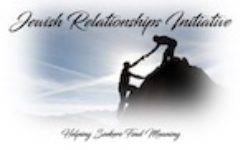In response to the Bryn Mawr Film Institute’s decision to cancel the showing of the film The Child Within Me, I make the following statement:
To the Board of the Bryn Mawr Film Institute
You squandered an essential moment of leadership.
Until this decision, you were a cultural icon and an important voice in our community. But instead of devotion to keeping culture accessible through film, its thoughtful curation, and presentation, you cowed in the face of political pressure. You canceled a film thoroughly unrelated to the war. The only controversy about this film is your decision to condemn it because the Israeli Film Festival sponsors it. Shame on you.
People protesting against the showing of a film is an act of free speech. It does not automatically devolve into violence, and using that as a pretense for canceling is a sign of it is either fecklessness or outright bias against Jews (also known as Antisemitism) and Israel.
Protesters are loud and obnoxious, but they are not violent. Those who attend the festival would find them uncomfortable, but they are not a physical threat. Further, the police of Lower Merion would have done an excellent job of keeping the peace even in this potentially testy situation.
BMFI was an important institution, one I enjoyed participating in and supporting. However, I am deeply disappointed that you have focused on other aspects, neglecting the crucial role of bringing influential films into our community. This decision has undermined the basis for our relationship. I resign from my membership and call on everyone in our community to do the same.
Sincerely
Rabbi David Levin

